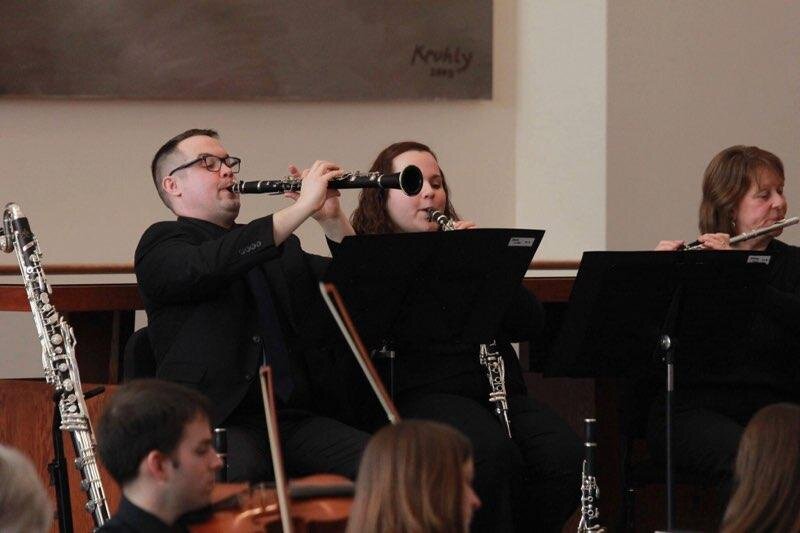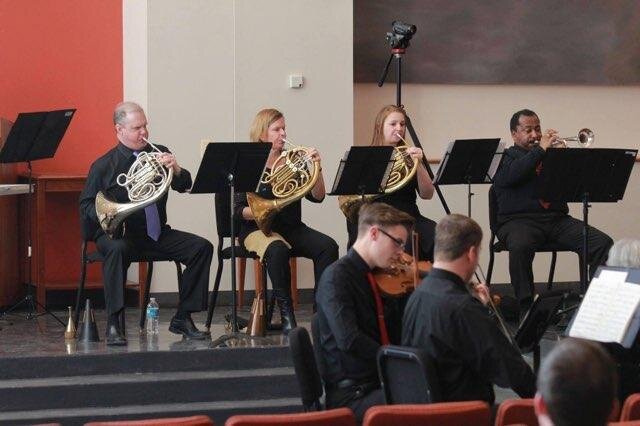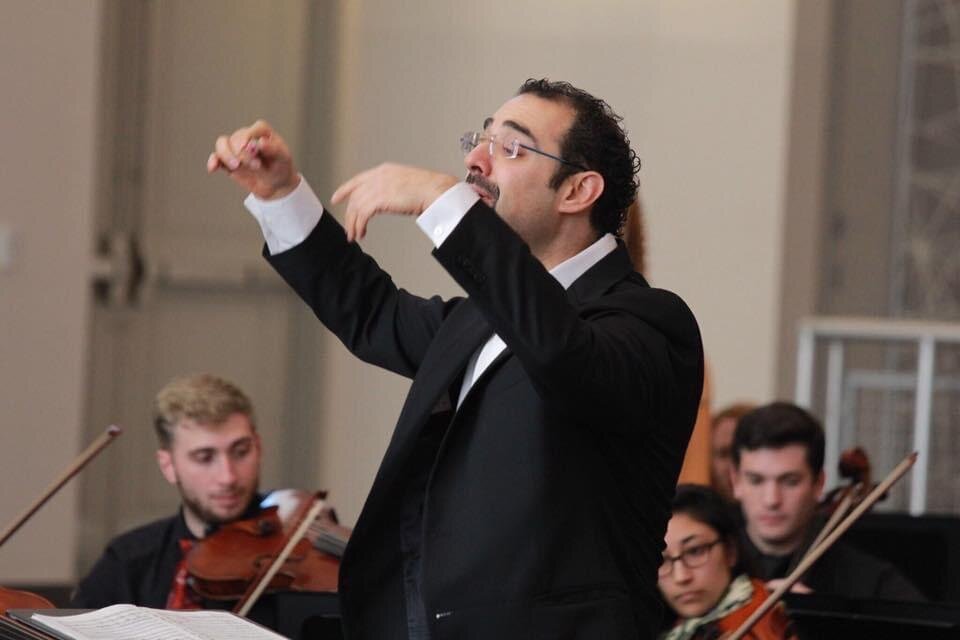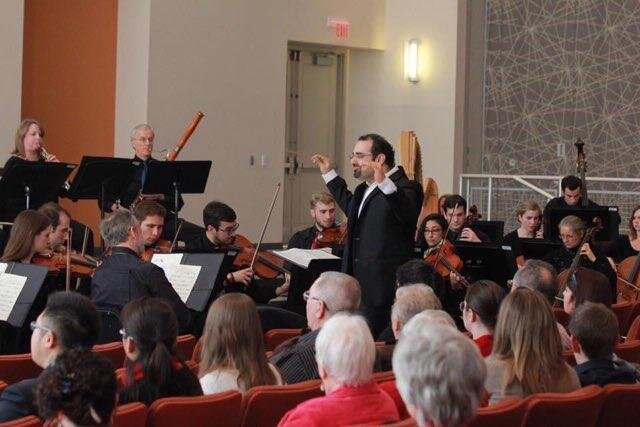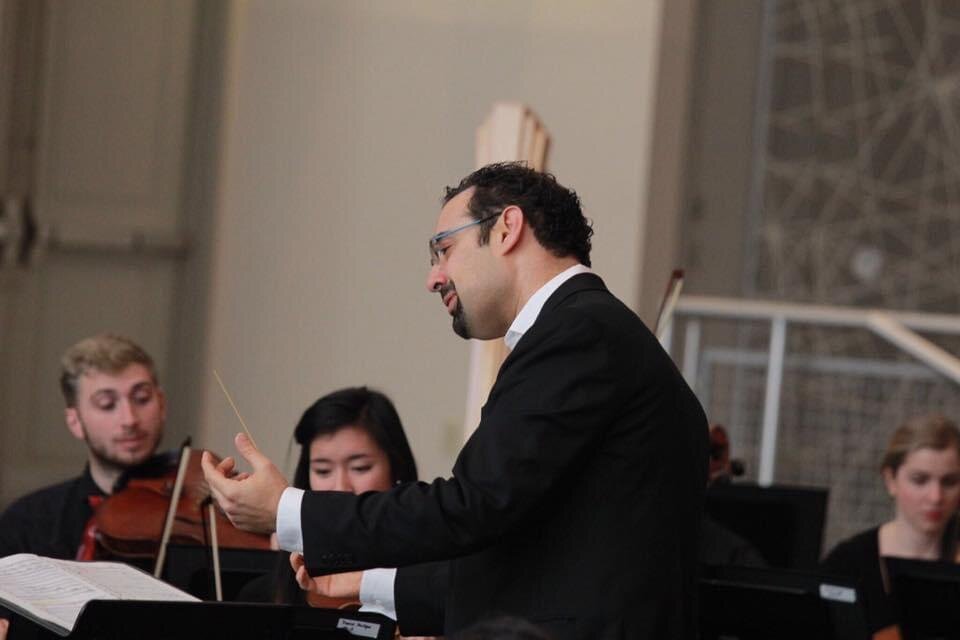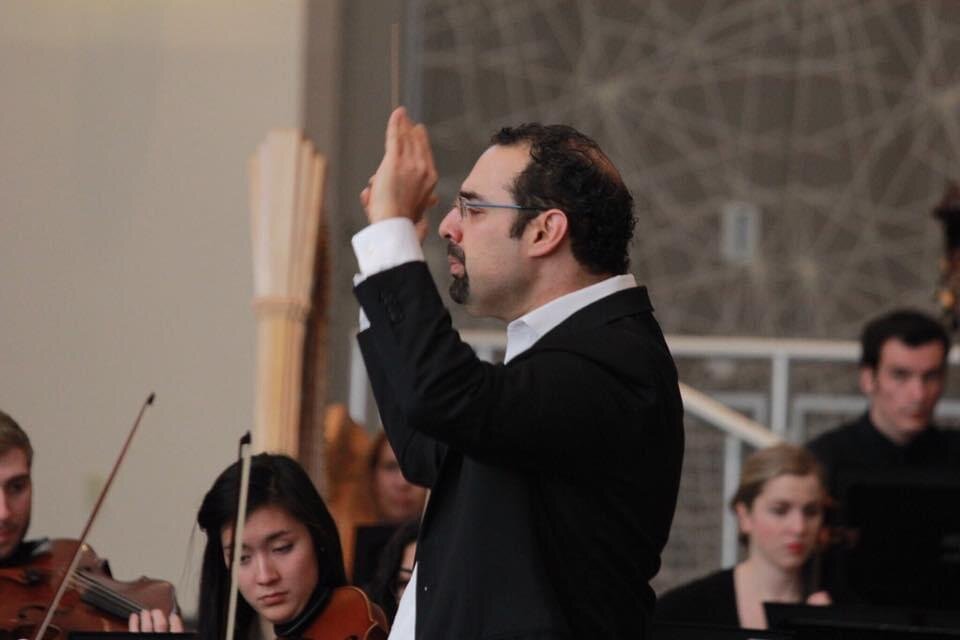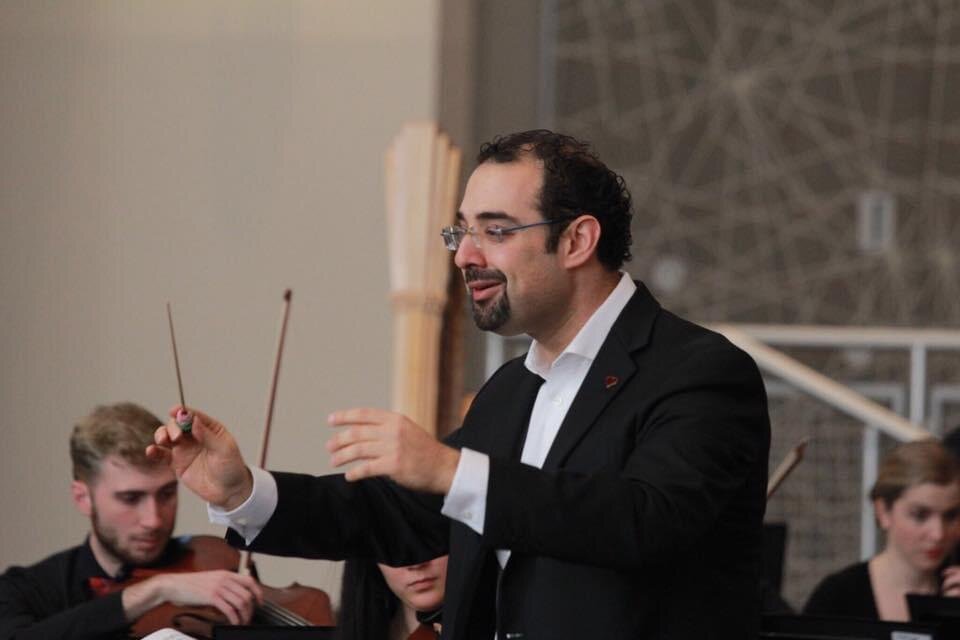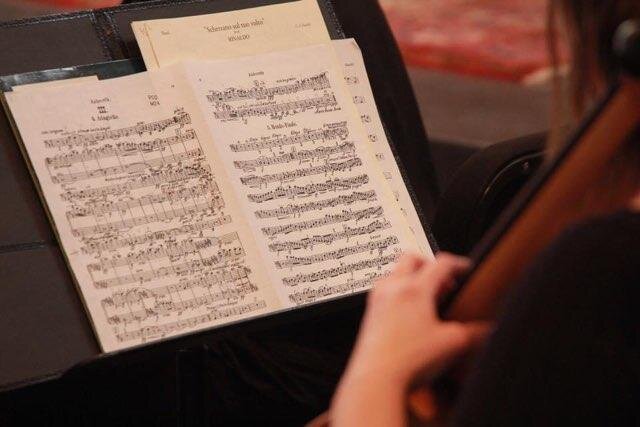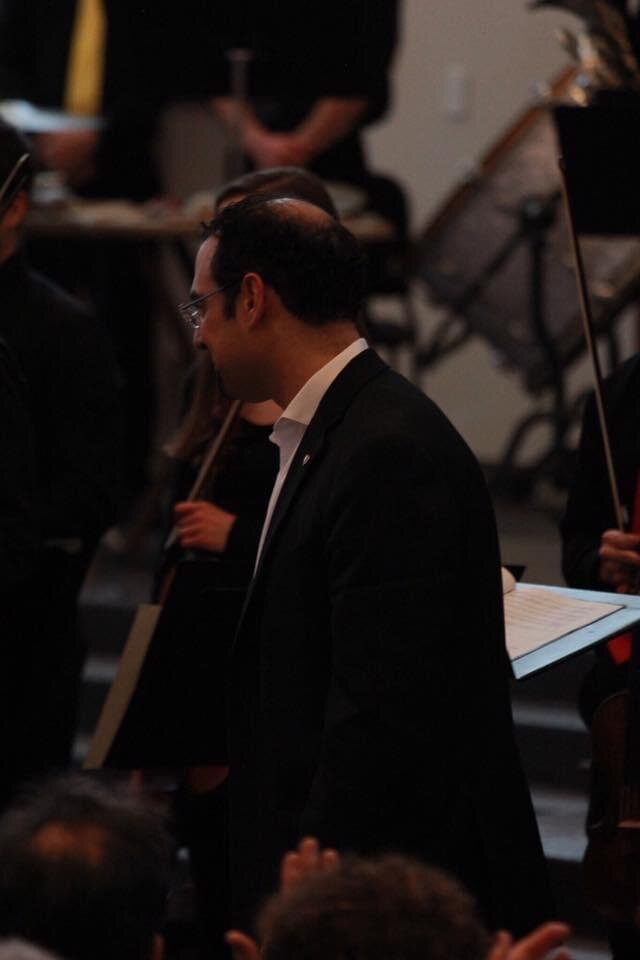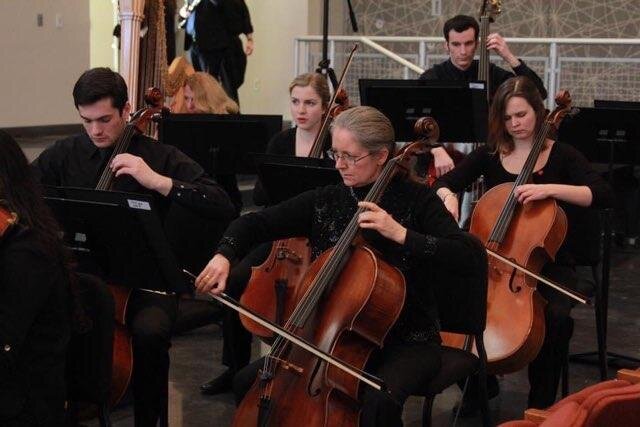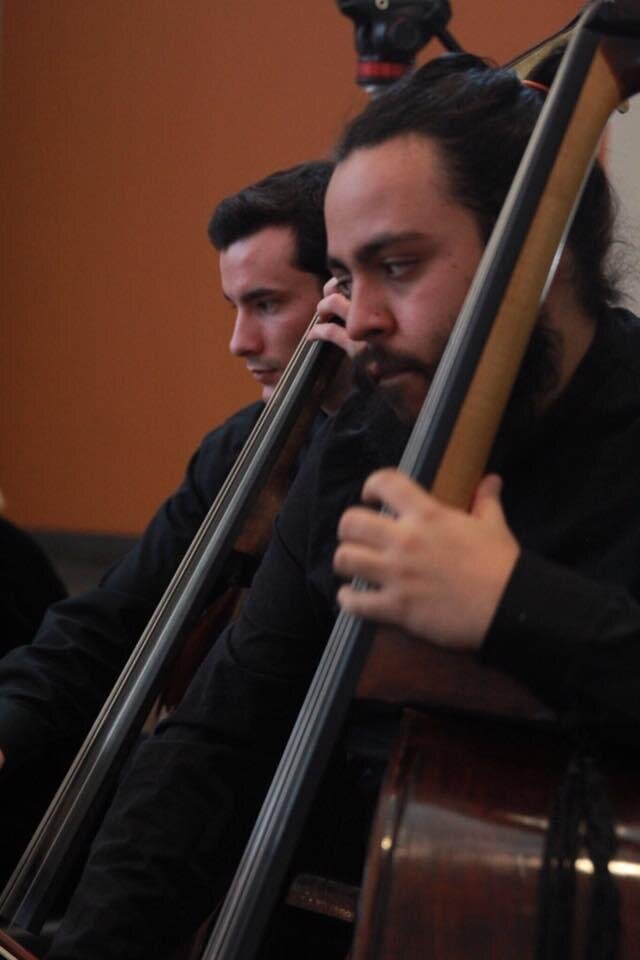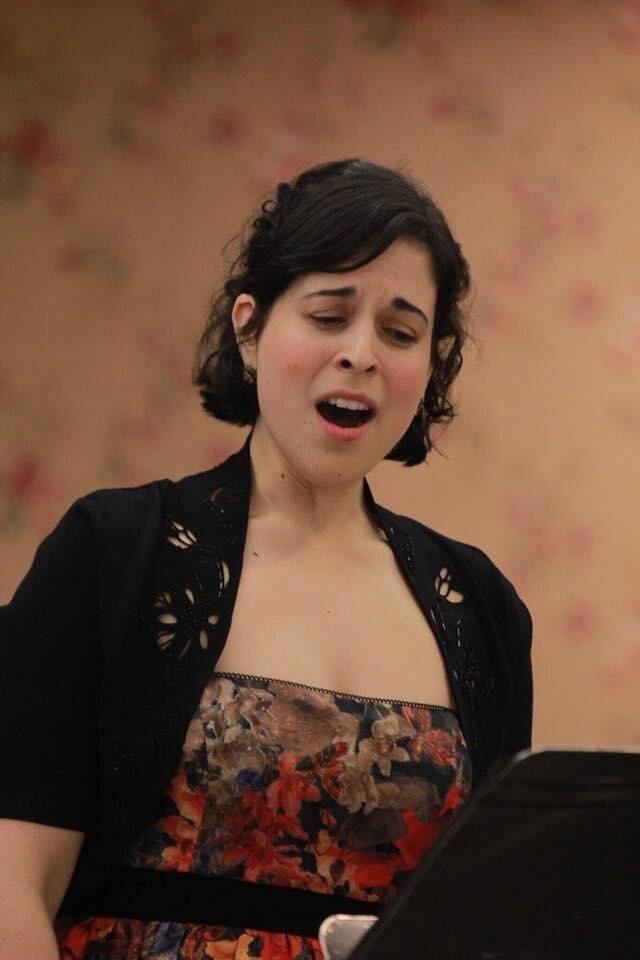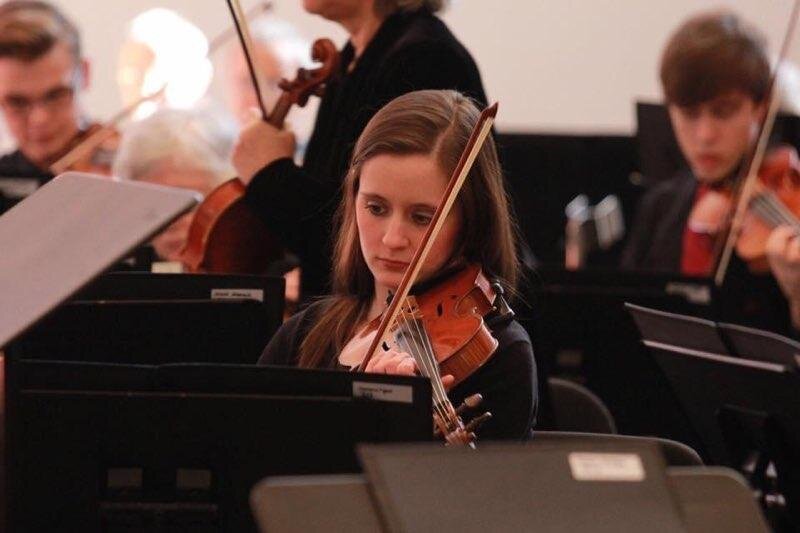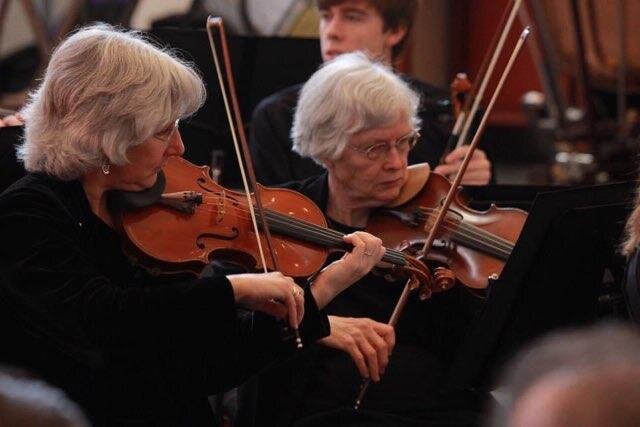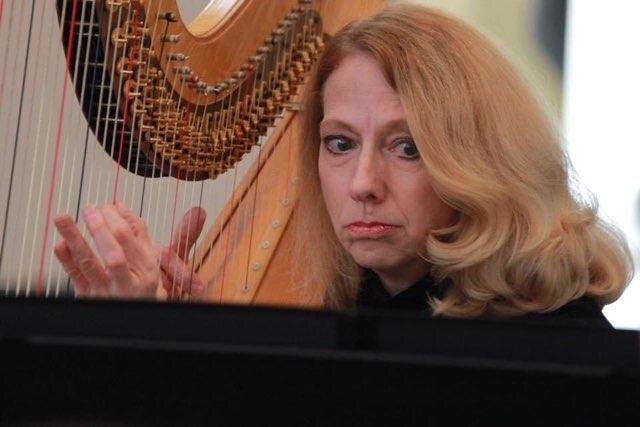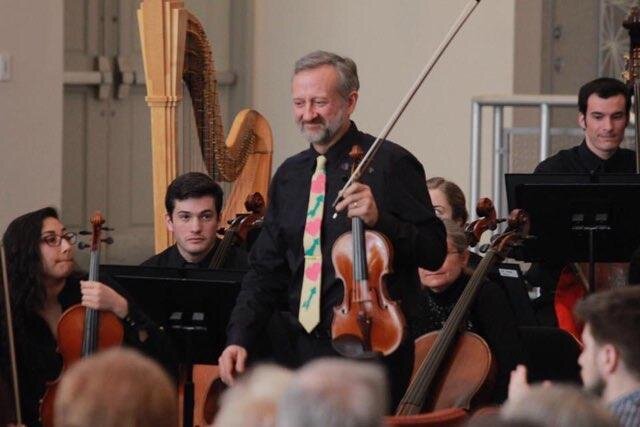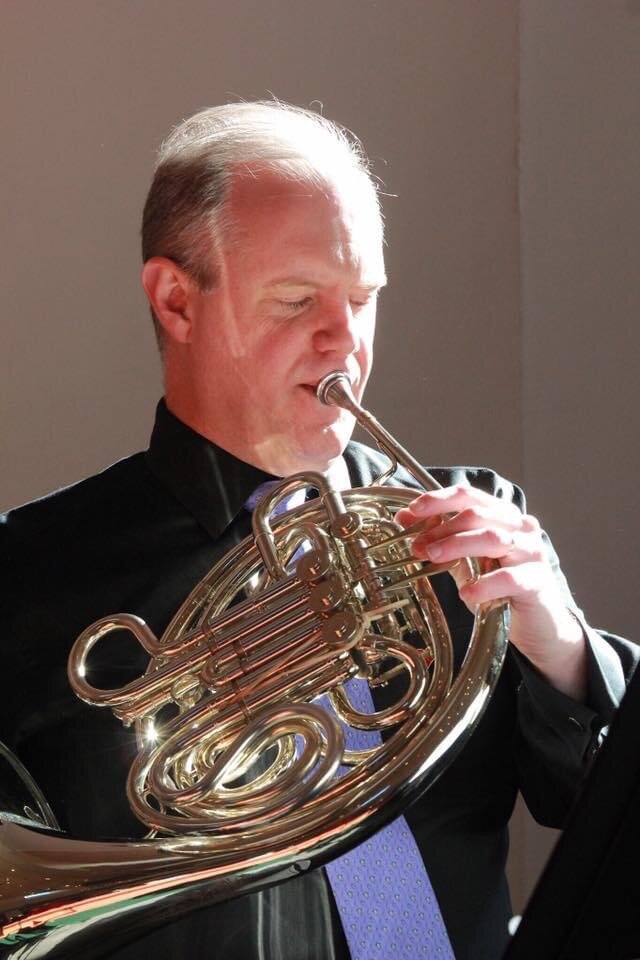Music for the Heart
February 14, 2016
3 pm, Pasquerilla Spiritual Center, Penn State University
Program
Symphony No. 4 in G Major Gustav Mahler/arranged for chamber orchestra by Yoon Jae Lee
© 2005 by Yoon Jae Lee (Ondine Press)
1. Bedächtig, nicht eilen (Moderately, not rushed)
2. In gemächlicher Bewegung, ohne Hast (Leisurely moving, without haste)
3. Ruhevoll, poco adagio (Peacefully, somewhat slowly)
4. Sehr behaglich (Very comfortably)
Danya Katok, soprano
Program Notes
Symphony No. 4 in G Major
Except for the finale, which was composed as a song with piano accompaniment in February 1892, Gustav Mahler wrote his Fourth Symphony between June 1899 and April 1901.
Song and symphony are frequently intertwined in the work of Gustav Mahler. It is amazing to realize that one small song—“Das himmlische Leben” (Heavenly life), the one that serves as the finale for this symphony—inspired, influenced, and shaped so much important music.
Although it is the last music we hear in this symphony, the song was Mahler’s starting point. In the early years of the nineteenth century Achim von Arnim and Clemens Brentano published an anthology of seven hundred traditional German poems known as Des Knaben Wunderhorn (The youth’s magic horn). Carl Maria von Weber was one of the first composers to see the musical potential of this collection, and, by coincidence, it was his copy of the Wunderhorn poems that Mahler picked up one day in 1887, while he was visiting the home of the composer’s grandson.
From that volume Mahler chose a few poems and set them to music at once. For the next fourteen years, Mahler used Des Knaben Wunderhorn as the source for all but one of his song texts. On February 10, 1892, he completed a setting for voice and piano of the poem “Der Himmel hangt voll Geigen” (Heaven is hung with violins), a child’s naive picture of celestial bliss. Mahler wrote his own title, “Das himmlische Leben,” at the top of the page. A month later, he finished the orchestral version, colored by the sounds of a harp and the tinkling of bells.
Mahler had a special affection for the song and he often included it in concerts of his music. But when it came time to publish his Wunderhorn settings, “Das himmlische Leben” was held back. Mahler had decided to use the song as the finale of his Third Symphony instead. The rest of that symphony was conceived as a sequence of answers to life’s questions, concluding with “What the child tells me,” or “Das himmlische Leben.” But as work neared completion, Mahler lopped off the finale and carried it with him to his next symphony, the finale not of one, but, in a sense, of two symphonies.
In planning his Fourth Symphony, Mahler knew how his piece would end before he wrote his first page; he then had to work backwards in a sense, so that his song would appear as the logical destination of the three new movements. With this goal in sight, he conceived a symphony that would explore the road from experience to innocence, from complexity to simplicity, and from earthly life to heaven.
To convey the journey toward innocence, Mahler’s first three movements gradually diminish in complexity as they approach the pure and serene threshold of the finale. Mahler suggests his goal with the symphony’s very opening bars, scored for the sleigh bells and piping flutes that will later greet us in heaven. In a work full of flashbacks and fast-forwards, this is a momentary glance and no more. Mahler quickly introduces a lovely melody, “childishly simple and quite un-self-conscious,” in his own words, that, like many simple materials in music, will lead to the most complex developments.
Although Mahler left no titles for the movements in this symphony, fearing “their banal misunderstandings,” we know that the second movement originally was inscribed “Friend Hein Strikes Up,” after a character in German folklore, a sinister pied piper who plays his violin and leads his victims toward death. Alma Mahler amplified that hint by writing that here “the composer was under the spell of the self-portrait by Arnold Böcklin, in which Death fiddles into the painter’s ear while the latter sits entranced. Mahler assigns the central role to the solo violin, instructs him to tune his instrument up a whole tone (to give it a harsher sound), and to play it “wie ein Fiedel”—like the fiddle one knows from the street, not the concert hall. The two landler-like trios hint at the music of “Das himmlische Leben” to come.
Mahler once admitted that the slow movement, a spacious and magnificent set of variations, was inspired by “a vision of a tombstone on which was carved an image of the departed, with folded arms, in eternal sleep.” There is one immense uproar near the end that would surely raise the dead, however, and when this great wave erupts from G major and plants us for the first time squarely in E major, the gates of heaven are within sight. But first we sink back into G major to await the song from which this music first sprang.
And then, with a few bucolic phrases from the winds and the gentle plucking of the harp and strings, we hear the human voice for the first time in this symphony. A soprano sings of an innocent pastoral world and Mahler’s pen sketches cloudless blue skies and the eternity of E major. Angels bake bread, Saint Peter fishes in a pond stocked daily by God, and “there is just no music on earth that can compare with ours.”
We enjoy heavenly pleasures
and therefore avoid earthly ones.
No worldly tumult
is to be heard in heaven.
All live in greatest peace.
We lead angelic lives,
yet have a merry time of it besides.
We dance and we spring,
We skip and we sing.
Saint Peter in heaven looks on.
John lets the lambkin out,
and Herod the Butcher lies in wait for it.
We lead a patient,
an innocent, patient,
dear little lamb to its death.
Saint Luke slaughters the ox
without any thought or concern.
Wine doesn't cost a penny
in the heavenly cellars;
The angels bake the bread.
Good greens of every sort
grow in the heavenly vegetable patch,
good asparagus, string beans,
and whatever we want.
Whole dishfuls are set for us!
Good apples, good pears and good grapes,
and gardeners who allow everything!
If you want roebuck or hare,
on the public streets
they come running right up.
Should a fast day come along,
all the fishes at once come swimming with joy.
There goes Saint Peter running
with his net and his bait
to the heavenly pond.
Saint Martha must be the cook.
There is just no music on earth
that can compare to ours.
Even the eleven thousand virgins
venture to dance,
and Saint Ursula herself has to laugh.
There is just no music on earth
that can compare to ours.
Cecelia and all her relations
make excellent court musicians.
The angelic voices
gladden our senses,
so that all awaken for joy.
Program notes by Conductor Laureate, Douglas Meyer.

